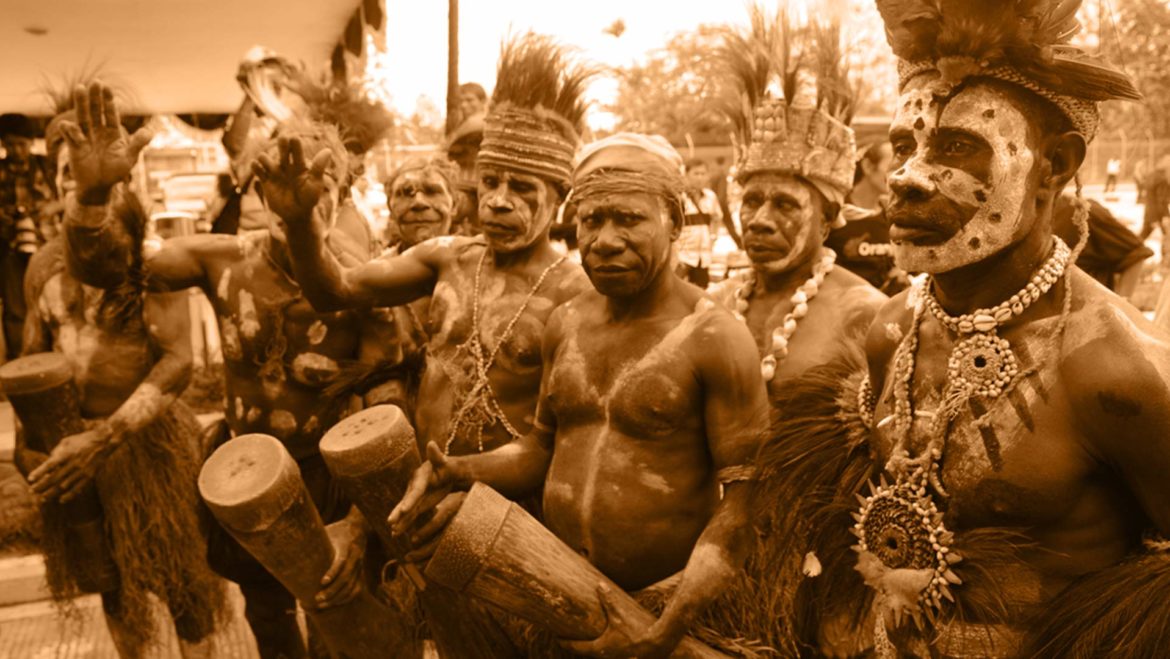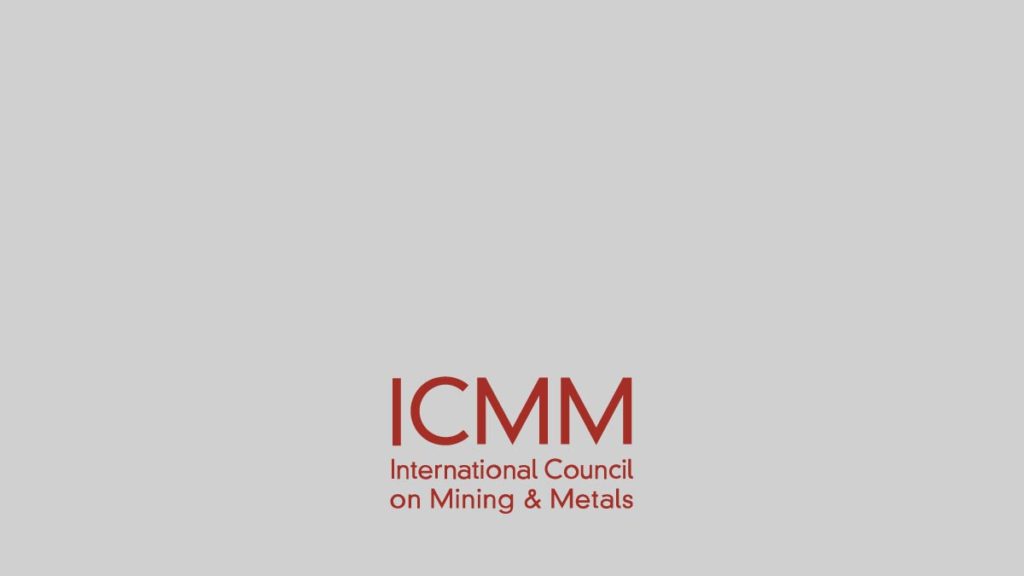
Tool 6 – Impact Avoidance and Mitigation
This tool provides good practice guidance to help companies avoid/mitigate key negative impacts of mining projects on Indigenous Peoples.
Step Guide
STEP
1
Undertake baseline studies and impact assessments. These are the starting point for determining whether impacts exist and for avoiding and mitigating impacts on a community
STEP
2
Address negative impacts of projects at the design stage eg relocate a road to avoid damage to a cultural site or change a mine layout to avoid people being resettled. Look at Table 3 (p65) for other examples
STEP
3
Compensate to mitigate negative impacts. Compensation to Indigenous Peoples is usually provided when:
- There is physical displacement of people or communities from land that is traditionally owned or under customary use
- There is economic displacement – when a project disrupts livelihoods
- There is negative impacts on cultural heritage
STEP
4
Ensure an impact assessment has been completed. This will inform you of likely impacts upon Indigenous Peoples’ cultural heritage. In some jurisdictions, specific cultural impact assessments are required by law
STEP
5
Develop a cultural heritage management plan prior to project activities or significant changes eg expansion on operations. The plan should preserve both tangible and intangible cultural heritage. Look at Table 4 (p66) – this shows components of a cultural heritage management plan
STEP
6
Look at Tool 8 (p72) to consider if a cultural impact assessment process is required, as well as the cultural heritage management plan
STEP
7
To protect against negative impacts to the environment, partner with the indigenous community to identify, plan, mitigate and monitor impacts. Consider:
- Including members from the indigenous community in environmental assessment panels
- Consulting widely with the indigenous community to understand concerns
- Include Indigenous Peoples on environmental monitoring committees and involve them in monitoring data activities eg water samples
- Include Indigenous Peoples in environmental rehabilitation activities eg finding and preserving native flowers, fire management and wildlife management
Impact mitigation:
When trying to mitigate potential impacts, companies should consider:
- All strategies, processes and actions should be strengthened, and informed, by local knowledge
- Indigenous Peoples’ input and participation is required when identifying issues and applying responses – support should also be offered
- If companies identify impacts from the outset and plan projects to avoid them, there will be less future problems
- Strategies must be supported by action plans; specify what needs to be done, by whom and how
- Relevant monitoring and evaluation of Indigenous Peoples’ concerns, needs to be continuous
Physical displacement:
When displacement of people cannot be avoided, the IFC recommends:
- Appointing staff that have knowledge and experience in the field of resettlement and displacement. Seek advice from experts, indigenous advisers and community leaders
- Develop a resettlement action plan; include the replacement of land and assets at full local market cost
- Offer feasible resettlement options or cash compensation, relocation assistance and new settlement sites that provide improved material living conditions
- Provide compensation and support to displaced people in a manner which leaves them better off than before
Economic displacement:
When a project disrupts livelihoods, but people do not need to be resettled, companies should:
- Develop a livelihood restoration plan. It should be equitable, transparent and consistent
- Compensate people who lose assets, face restrictions on access to assets or lose livelihoods at full replacement costs
- Provide people with an opportunity to re-establish productive and sustainable livelihoods
Impacts on tangible cultural heritage:
Where a project has negative impacts upon tangible cultural heritage eg damage to rock art, sacred sites or graves, companies can:
- Provide measures (offsets) to protect or enhance cultural heritage that have been agreed with the community as a form of compensation
- Provide monetary compensation – however, be aware for the potential of this to cause intra-community conflict
Top Tips:
Key points for developing a cultural heritage management plan:
- Plans are best developed between the company and indigenous groups
- Provide full and honest information regarding damage – seek guidance from traditional decision makers and government to avoid or minimise damage
- Consider formally training and mentoring Indigenous Peoples so they can assist in the protection of cultural heritage
- Any disturbance, damage or use of company management measures eg compensation, should be fully discussed, negotiated and agreed by the impacted indigenous community
Community, Economics, Environment, Ethical Business, Management, Rehabilitation
Martu Ranger Program in Western Australia
Agreement focusing on indigenous employability, real jobs, training and enterprise development
Community, Economics, Environment, Ethical Business, Management, Rehabilitation
Respecting the Cultural Heritage of Indigenous Peoples
Developing a Cultural Heritage Management Plan to preserve cultural heritage materials.
Further Reading:
- Read Guide to human rights impact assessment and management (HRIAM), Washington, DC, IFC, 2010
- The IFC Performance Standards, Guidance Note 7 Indigenous Peoples provides suggestions for the contents of Indigenous Peoples’ Plan
- The Asian Development Bank Involuntary Resettlement (1995) Guidelines offer information on how projects can minimise negative impacts
- The IFC Performance Standard 5, Land Acquisition and Involuntary Resettlement offers guidance on compensating and mitigating the impacts of displacement
- Chapter 2 of Why cultural heritage matters (p23) suggests a process for developing a cultural heritage plan

